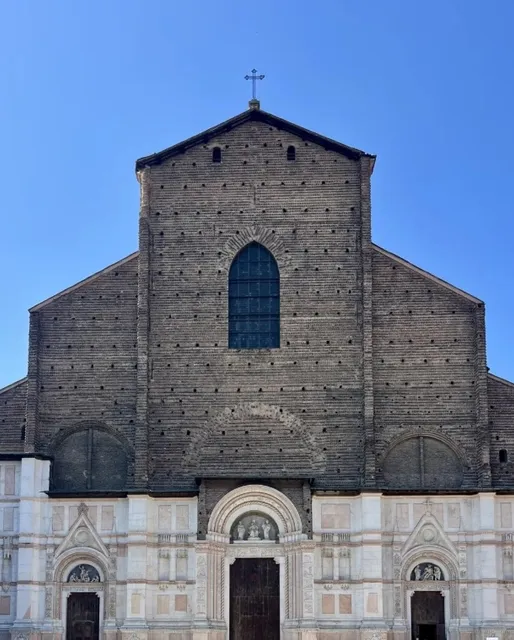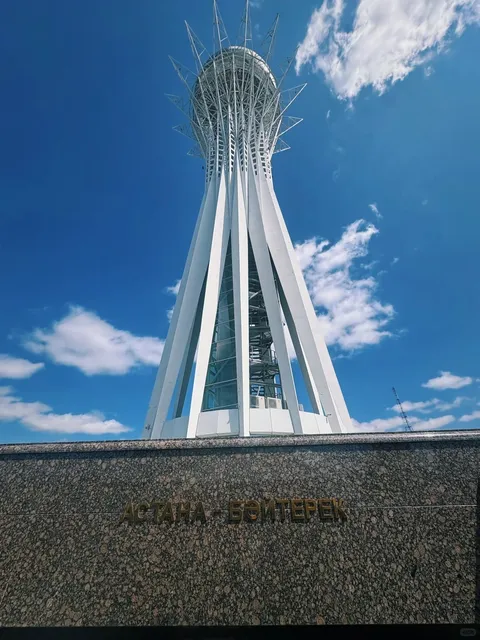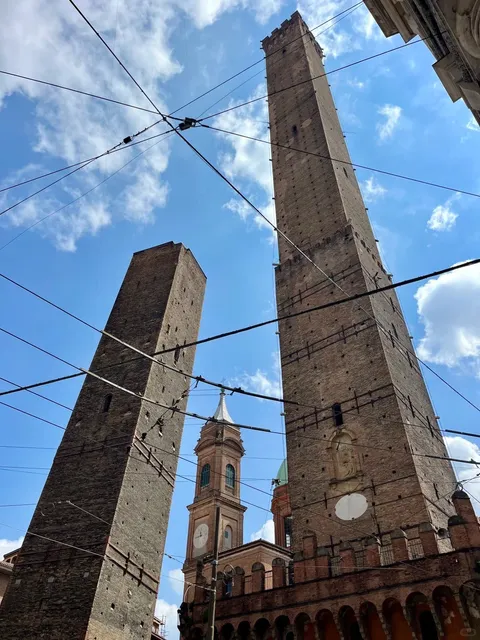Two Towers things to do, attractions, restaurants, events info and trip planning
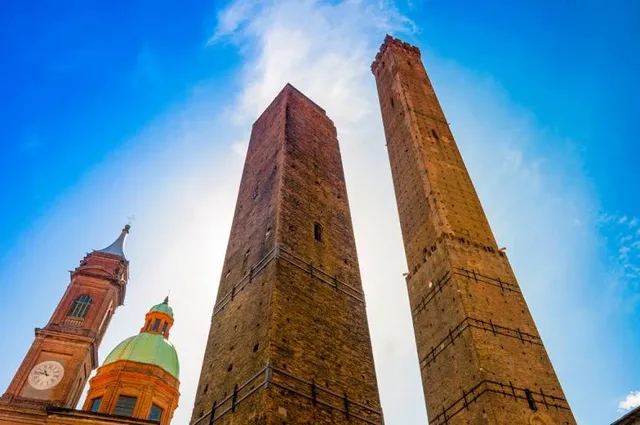
Basic Info
Two Towers
P.za di Porta Ravegnana, 40126 Bologna BO, Italy
4.7(12.6K)
Open 24 hours
Save
spot
spot
Ratings & Description
Info
The sequel to the Golden Globe-nominated and AFI Award-winning "The Lord of the Rings: The Fellowship of the Ring," "The Two Towers" follows the continuing quest of Frodo (Elijah Wood) and the Fellowship to destroy the One Ring. Frodo and Sam (Sean Astin) discover they are being followed by the myst… MORE
Cultural
Outdoor
Accessibility
attractions: Piazza Maggiore, Basilica Collegiata dei Santi Bartolomeo e Gaetano, Piazza Santo Stefano, Santuario di Santa Maria della Vita, Il Quadrilatero, Palazzo Pepoli Campogrande, Museo Realtà Virtuale - La Macchina del Tempo, Archaeological Museum of Bologna, Neptune's Fountain, Le Tre Frecce, restaurants: Bottega Portici - 2 Torri, Sfoglia Rina, Pappare' Bologna, Impero Caprarie, Ca' Pelletti, Caffè Zamboni, Welldone Burger, Tigellino, Osteria Da Fortunata - Bologna, Fra Diavolo Pizzeria
 Learn more insights from Wanderboat AI.
Learn more insights from Wanderboat AI.Website
bolognawelcome.com
Plan your stay

Pet-friendly Hotels in Bologna
Find a cozy hotel nearby and make it a full experience.

Affordable Hotels in Bologna
Find a cozy hotel nearby and make it a full experience.

The Coolest Hotels You Haven't Heard Of (Yet)
Find a cozy hotel nearby and make it a full experience.

Trending Stays Worth the Hype in Bologna
Find a cozy hotel nearby and make it a full experience.
Reviews
Nearby attractions of Two Towers
Piazza Maggiore
Basilica Collegiata dei Santi Bartolomeo e Gaetano
Piazza Santo Stefano
Santuario di Santa Maria della Vita
Il Quadrilatero
Palazzo Pepoli Campogrande
Museo Realtà Virtuale - La Macchina del Tempo
Archaeological Museum of Bologna
Neptune's Fountain
Le Tre Frecce
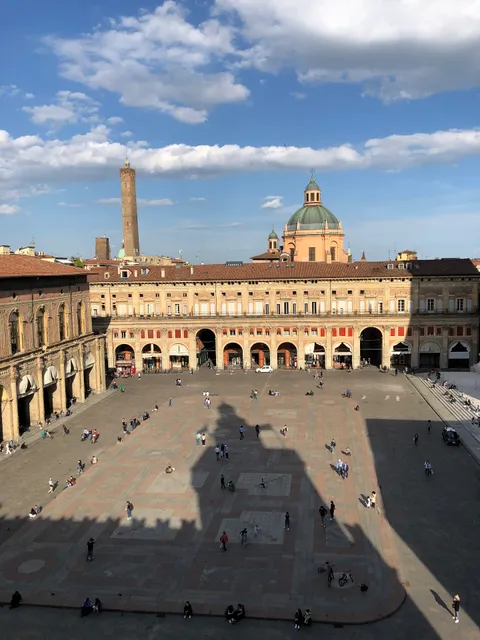
Piazza Maggiore
4.7
(28.7K)
Open 24 hours
Click for details

Basilica Collegiata dei Santi Bartolomeo e Gaetano
4.7
(269)
Open 24 hours
Click for details
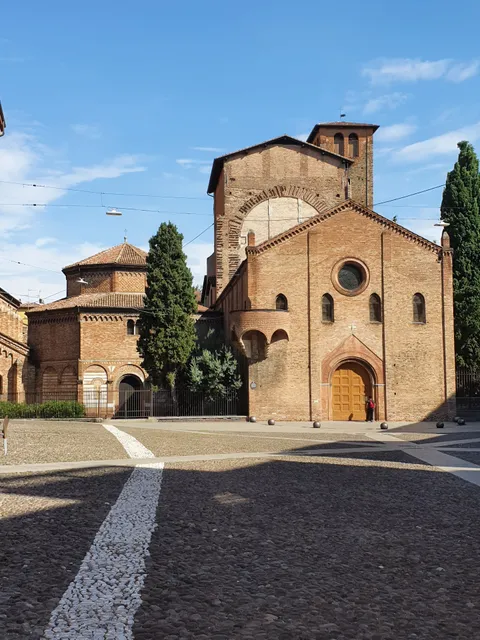
Piazza Santo Stefano
4.8
(5.2K)
Open 24 hours
Click for details
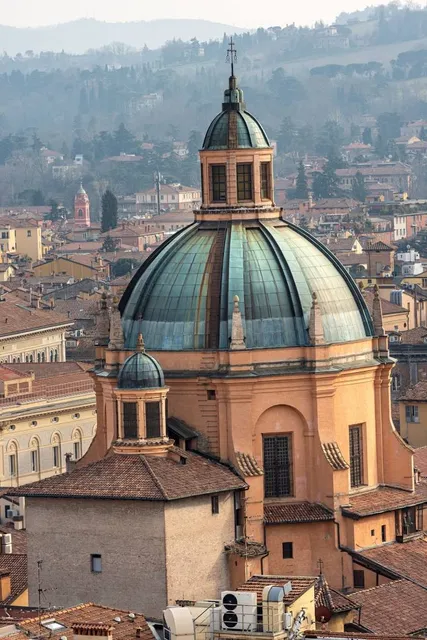
Santuario di Santa Maria della Vita
4.6
(641)
Open 24 hours
Click for details
Things to do nearby

Bologna Food Tour from a local perspective
Mon, Dec 29 • 10:00 AM
40126, Bologna, Emilia-Romagna, Italy
View details

Prepare traditional dishes and local wine
Sat, Dec 27 • 4:30 PM
40120, Bologna, Emilia-Romagna, Italy
View details
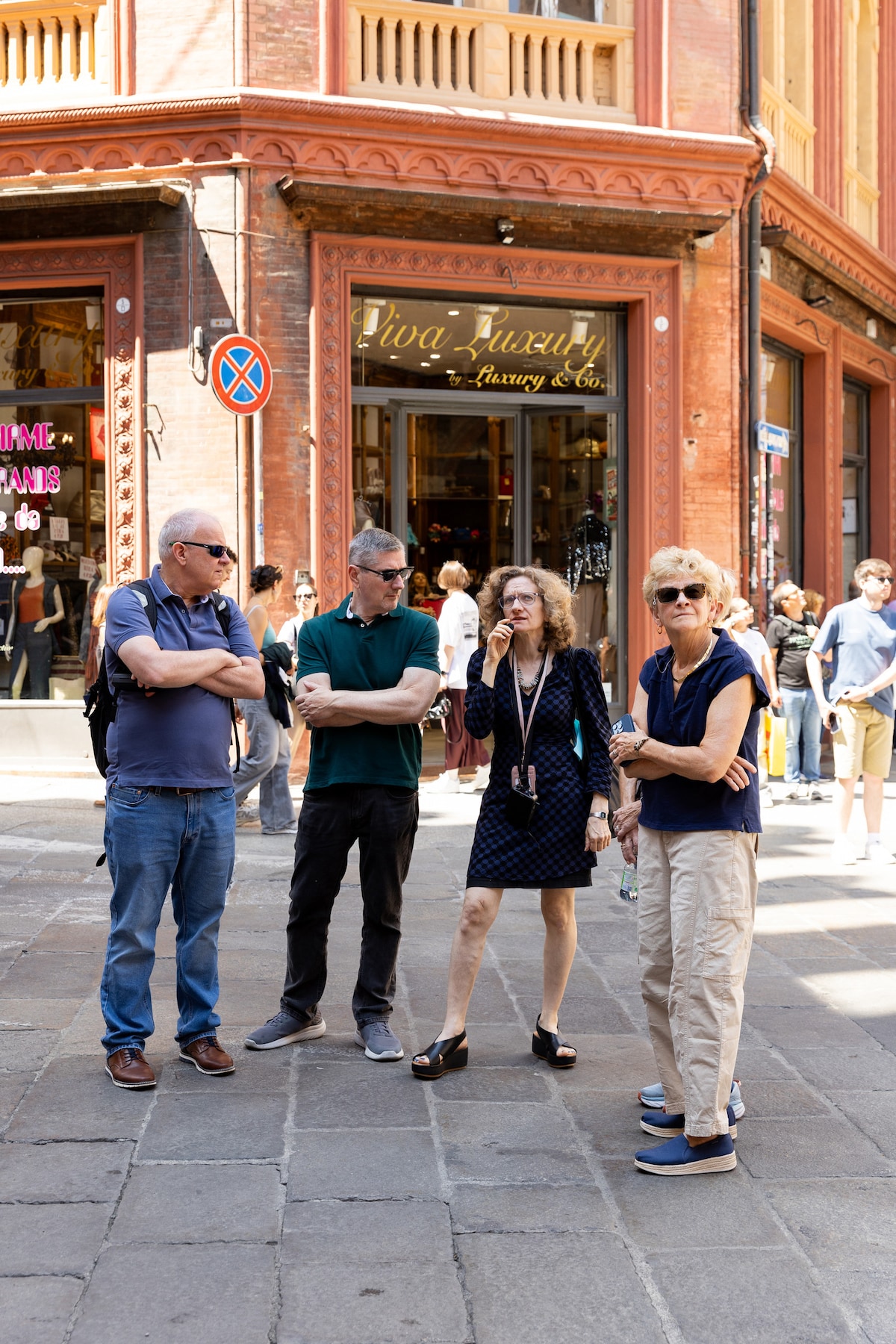
Take a journey through classical Bologna
Sat, Dec 27 • 10:30 AM
40131, Bologna, Emilia-Romagna, Italy
View details
Nearby restaurants of Two Towers
Bottega Portici - 2 Torri
Sfoglia Rina
Pappare' Bologna
Impero Caprarie
Ca' Pelletti
Caffè Zamboni
Welldone Burger
Tigellino
Osteria Da Fortunata - Bologna
Fra Diavolo Pizzeria

Bottega Portici - 2 Torri
4.2
(3.2K)
Click for details
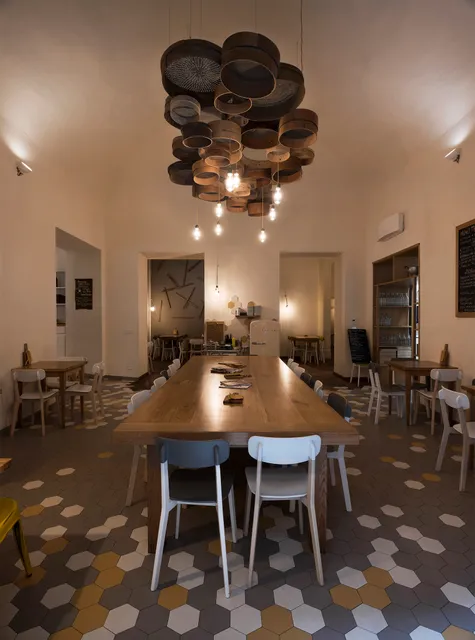
Sfoglia Rina
4.5
(4K)
Click for details

Pappare' Bologna
4.1
(1.7K)
$
Click for details
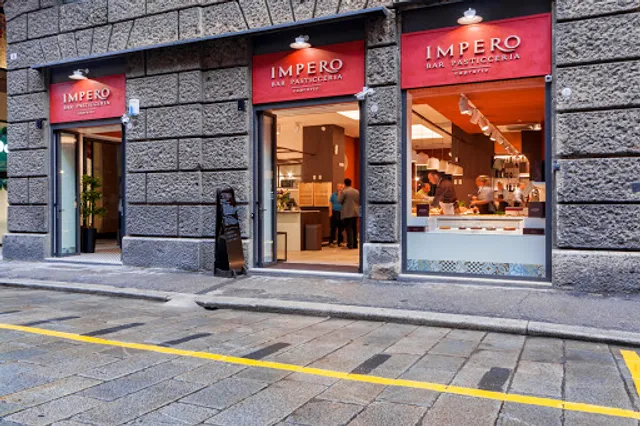
Impero Caprarie
4.1
(1.3K)
$$
Click for details


